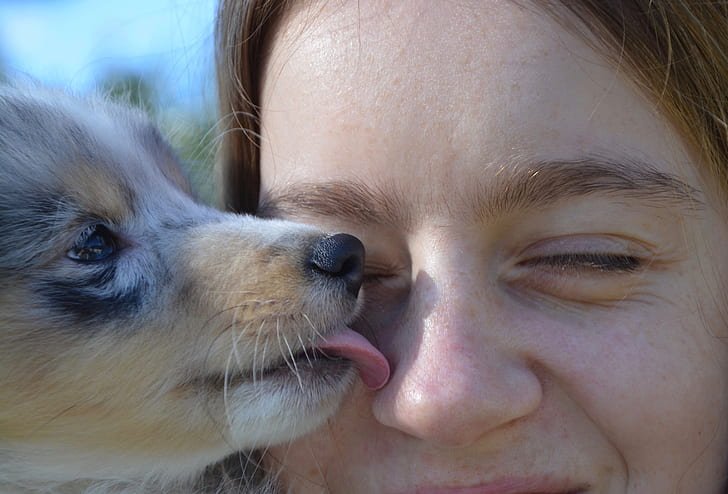I am highly passionate about pets, and what infection or virus could affect them, but I am also very passionate about humans and how some forms of virus could be passed down from virus to humans, it is an example of such I will be writing about today, so please join me as we explore what Pasteurella multocida means together.
Humans and animals alike carry varieties of bacteria within the body, these bacteria could spread to others through body fluids like mucus or saliva. Sometimes, these bacteria are usually harmless but in other cases, illness or infection could occur.
Pasteurella multocida happens to be the most common cause of soft tissue infection in humans, it is a zoonotic infection, which most likely happens after a bite or a scratch from cats and dogs. While bite and scratch are the most common, the bacteria may also be transmitted through other animals like rabbits, rats, horses, and many more.
It is not compulsory to have a case of penetrative injury for disease to be transmitted, there have been reported cases of disease occurrence just from a human being licked by a carrier animal. Pasturella species are a part of normal mouth flora and upper respiratory tracts of many animals, whether they are wild or domestic.
Cats have the highest rate of carriage with about 20-50%. Respiratory infections are actually very rare and they only most likely occur in people who are immunocompromised or in people with a pulmonary disease, this also holds in cases of invasive infections like; endocarditis and meningitis. Most common in neonates, aged adults, and immunocompromised patients.
Infection occurrence has a rapid course that develops within 24 hours after an injury, it is characterized by; tenderness, frequent purulent drainage, and erythematous swelling around the injury spot. The possibility of cellulitis happening within one or two days is as well.
In rare cases, necrotizing may also happen, with the presentation of a rapidly progressing pain and infection out of the proportion of physical examination. Alongside soft tissue infection, ostomyelitis, or septic arthritis may develop distal to the injury. Infections like this one are more common in patients who have issues such as; alcoholism, diabetes, degenerative disease, or replacement of joints.

Image source
The forms of respiratory diseases caused by Pasteurella multocida follow a particular nonspecific course, aligning with breath shortage, cough fever, and chest pain being the most common complaints.
Just like other forms of traumatic injury that exist, the airway of the patient, breathing, and circulation need to be evaluated and secured, before the injury is being treated. An x-ray of the area affected has to be obtained for the evaluation of underlying fracture to be done, closure of the wound should be done primarily only if necessary, and this is because its development increases the chances of infection happening. Even when closure is performed, space should be left between sutures to allow drainage.
Patients at high risk are those who are immunocompromised and patients with degenerative joint disease or prosthetic joint replacements. Injuries are classified as being under the category of high risk when they affect the hand, face, or genitals, injuries that require surgical repair, or primary closure, as well as wounds that are associated with crush injury, and those close to the bone or joint.
Apart from cases of swift illness, a few complications can happen as well, these complications are those of systematic illnesses like fever, and hypotension which spread to deeper soft tissues. Arthritis, meningitis, infection of the eye, pneumonia, septicemia, urinary tract infections, and even tenosynovitis. If antibiotics are used for treatment, they should be continued until the patient shows a very clear sign of resolved infection.
Avoiding Pasteurella infection is to completely avoid bites or scratches from household pets. In the case of an open wound, you have to be very careful about not allowing your pet to lick the areas, if you are bitten or scratched by an animal, make sure to flush and clean the injury instantly, and then follow up with your healthcare provider as required.
References.
ncbi.nlm.nih.gov/books/NBK557629/
